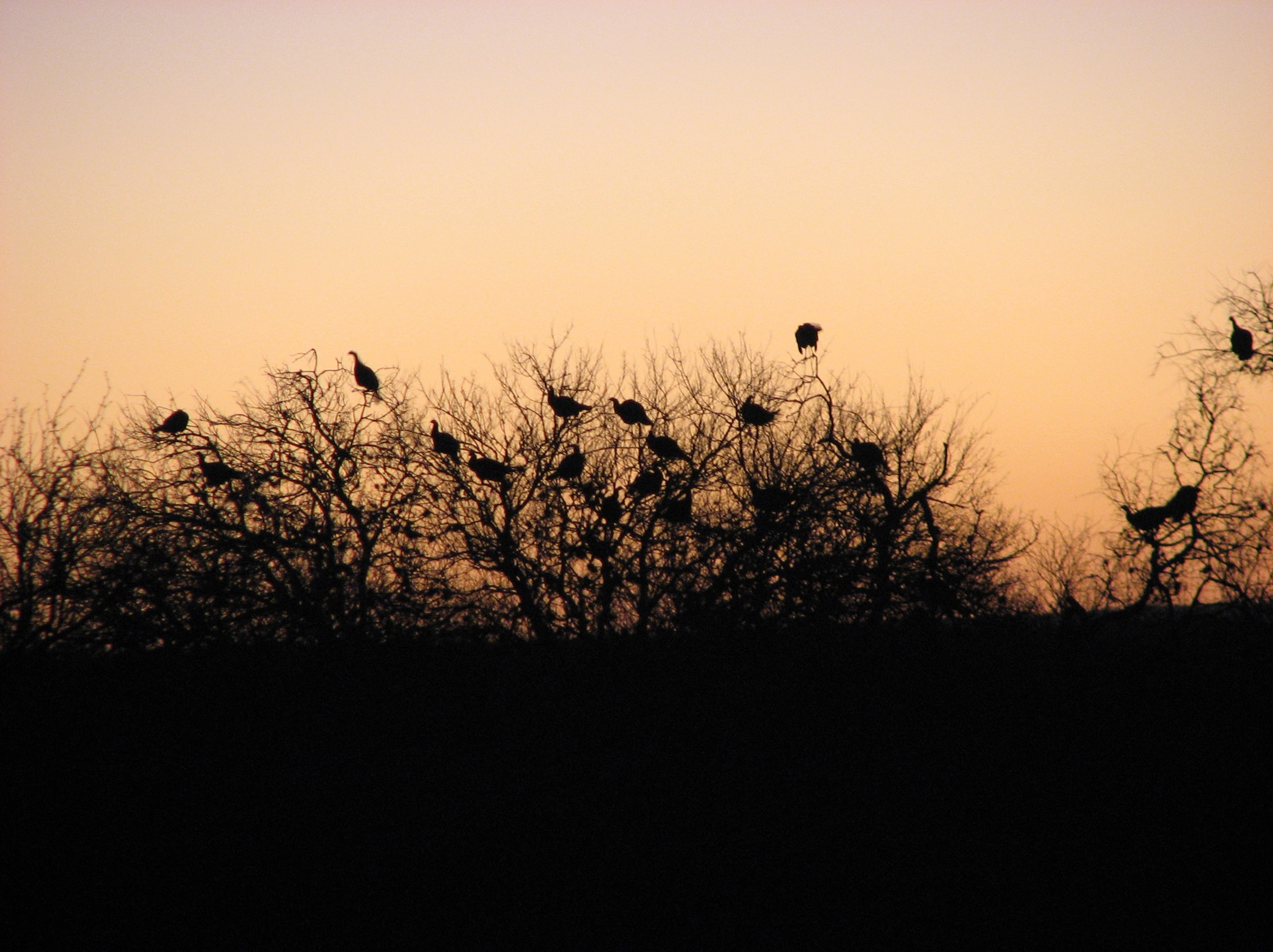3.27.2025
Preserving America's Turkeys
With a new turkey season on the horizon, we sat down with Jason Lupardus—the CEO of Turkeys for Tomorrow—to learn about the challenges of turkey conservation and what the future holds for these remarkable birds.
Q: What’s your history with turkey hunting?
A: I started hunting wild turkeys at 17 in my home state of Alabama—I would have to venture beyond my hometown, though, since the surrounding counties were devoid of birds. My first experience in pursuit of these mysterious birds was on public land, and it took literal years to completely understand why I loved making the pursuit. Turkey hunting was not as prevalent at that time and populations were actively growing, but that first gobble and up-close experience locked me in for life.
Q: What is it about turkeys and their habitat that makes you dedicate yourself to working for them full time?
A: I reflect over the past 30 years in pursuit of these fantastic birds across the US, and I hope to provide others around me—and future generations—those same quality outdoor experiences. My passion to do more continues to make me long for each spring, and I won’t stop until I see turkey populations not just stabilized, but thriving again. The Alabama counties surrounding my hometown still have very few turkeys in them today, and that’s only one of many places that I would like to see changed for the better.
Q: What is it about turkey conservation that motivates you?
A: The wild turkey is a prominent upland bird species that everyone recognizes and it has been immortalized over time. State and federal agencies did a remarkable job of restoring wild turkey populations from the true brink of extinction, and as a conservation wildlife biologist, I feel that it is my responsibility to maintain and grow these populations back to their former glory. It troubles my soul to think that we could truly have a “silent spring”. The phrase that we use around the TFT [Turkeys For Tomorrow] table is, “If not you, then who”, that really says it all.
Q: What do you wish more people knew about turkey habitat and conservation?
A: The two big limiting factors for a quality turkey habitat are brood range and nesting areas, both of which require active disturbance regimes on rotational intervals to ensure we keep producing turkeys each year. Additionally, turkey management is much more challenging because they have a home range of 2 -5 square miles (1,300-3,200 acres). Most rural landowners in the eastern US have property ownership in the 50-300 acre range, so a flock of birds are forced to use multiple landowner tracts. It will take everyone working together, especially where land ownership is primarily privatized.
Q: Do you think turkey conservation is relevant for non-hunters? If so, why?
A: Absolutely! Managing these birds properly provides a blanket of benefits for multiple wildlife species. The wild turkey is a generalist and is considered an umbrella species. Meaning, conservation efforts focused on this bird can be positively impactful on entire suites of wildlife species, including the diversity of habitats that these birds use on the landscape. This bird is definitely idolized at Thanksgiving annually, at dinner tables throughout the year, and in the field when viewing wildlife—we should all get behind the conservation of this key species in North America.
To learn more and join the effort in turkey conservation, check out the work of Turkeys For Tomorrow at: https://turkeysfortomorrow.org/

